The Top 10 Birds In The World That Can Not Fly
Introduction
While most birds are renowned for their ability to fly, there are some fascinating species that have evolved in ways that have made them unable to take to the skies. These birds have developed unique adaptations that have allowed them to thrive on land, in water, and even underground. From the world’s largest flightless bird to the smallest, these non-flying avian species are found in different habitats across the globe. In this article, we will explore ten of the most interesting birds that can not fly and discover what makes them so unique.
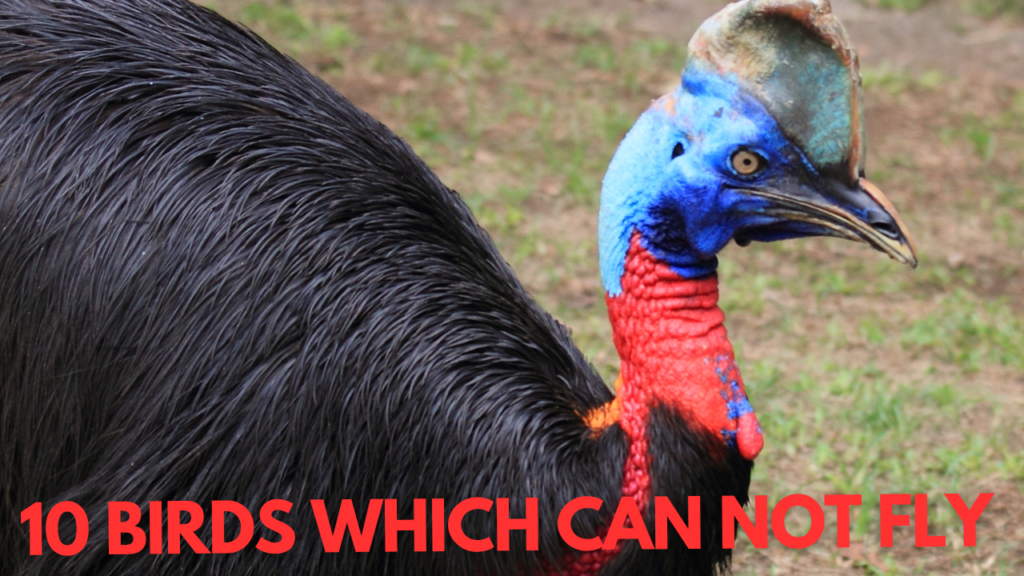
They are Takahe, Kiwi, Emu, Flightless Cormorant, Cassowary, Weka, Steamer Duck, Emperor Penguin, Ostrich and Kakapo or owl parrot.
The Takahe
The Takahe is a rare and endangered bird species that is native to New Zealand. Known for its striking blue-green feathers and large size, the Takahe was once thought to be extinct until a small population was rediscovered in the 1940s. Today, the Takahe population remains critically endangered, with only around 450 birds known to exist in the wild. Efforts to conserve and protect this species have been ongoing, with programs aimed at controlling predators and managing habitat loss. The Takahe is a unique and iconic species that holds a special place in New Zealand’s natural history, and it serves as a powerful reminder of the importance of conservation efforts in preserving our planet’s most precious wildlife.
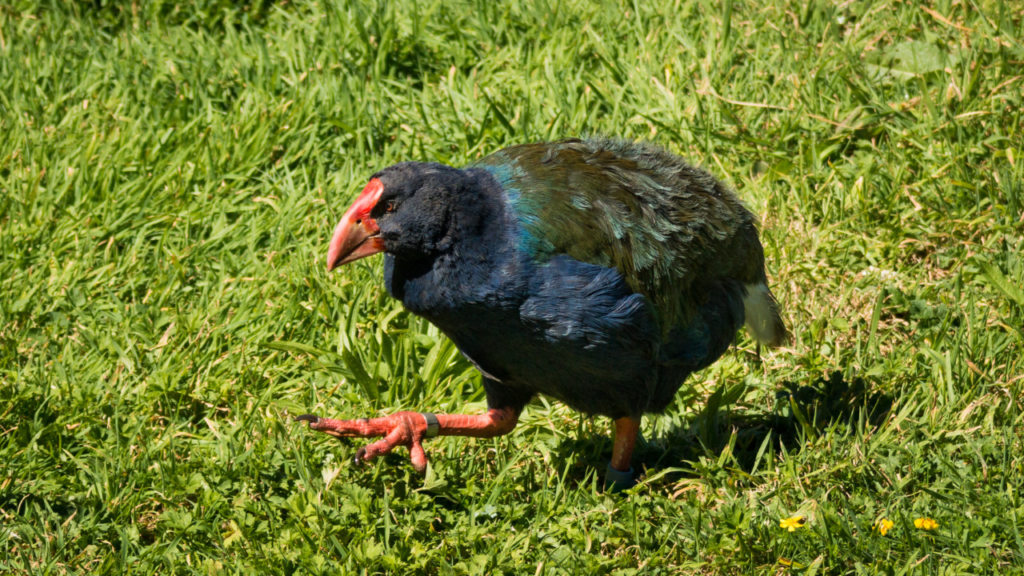
The Kiwi
The Kiwi is a flightless bird that is native to New Zealand and is famous for its unique appearance and quirky behaviour. With its long beak, shaggy feathers, and distinctive round body, the Kiwi is instantly recognizable and has become an iconic symbol of New Zealand. Despite its popularity, the Kiwi is a threatened species, with only around 70,000 individuals remaining in the wild. Habitat loss introduced predators, and human disturbance is among the main threats facing this species. Conservation efforts, such as predator control and habitat restoration, are crucial to ensuring the survival of the Kiwi for future generations to enjoy. With its endearing personality and cultural significance, the Kiwi is a beloved species that serves as a reminder of the beauty and diversity of New Zealand’s natural heritage.

The Emu
The Emu is a large, flightless bird that is native to Australia. With its distinctively long neck and legs, the Emu is one of the largest birds in the world and is renowned for its speed and agility. Emus are opportunistic feeders, feeding on a variety of plant and animal matter. Although once hunted extensively for its meat, oil, and feathers, the Emu population has rebounded in recent years and the species is now listed as least concern. Emus have cultural significance for many Indigenous Australian communities, and their unique physiology has also made them a valuable research subject for scientists studying biomechanics and locomotion. With their fascinating biology and cultural significance, Emus are an important and beloved species that have become an integral part of Australia’s natural heritage.
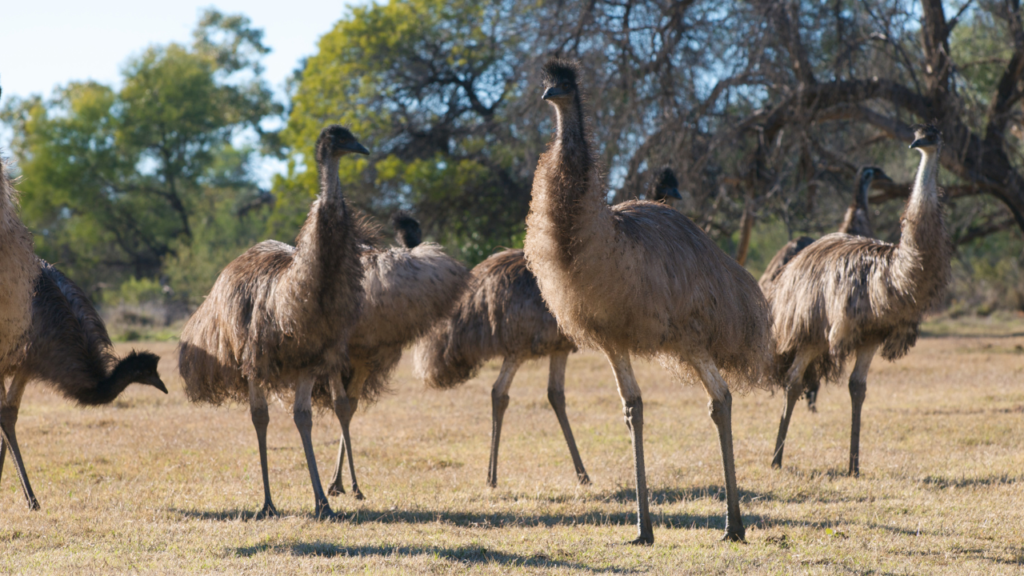
The Flightless Cormorant
The Flightless Cormorant, also known as the Galapagos Cormorant, is a unique species of bird that is endemic to the Galapagos Islands. As its name suggests, this bird is flightless, which is a rare trait among cormorant species. Its wings have evolved to be much smaller than those of other cormorants, making them incapable of sustained flight. However, this has allowed them to develop strong and powerful legs, which they use for swimming and diving. The Flightless Cormorant is a skilled underwater hunter, using its sharp beak and agile body to catch fish, eels, and other small prey. Despite its inability to fly, the Flightless Cormorant has thrived on the Galapagos Islands, where it has few natural predators and protected habitat.
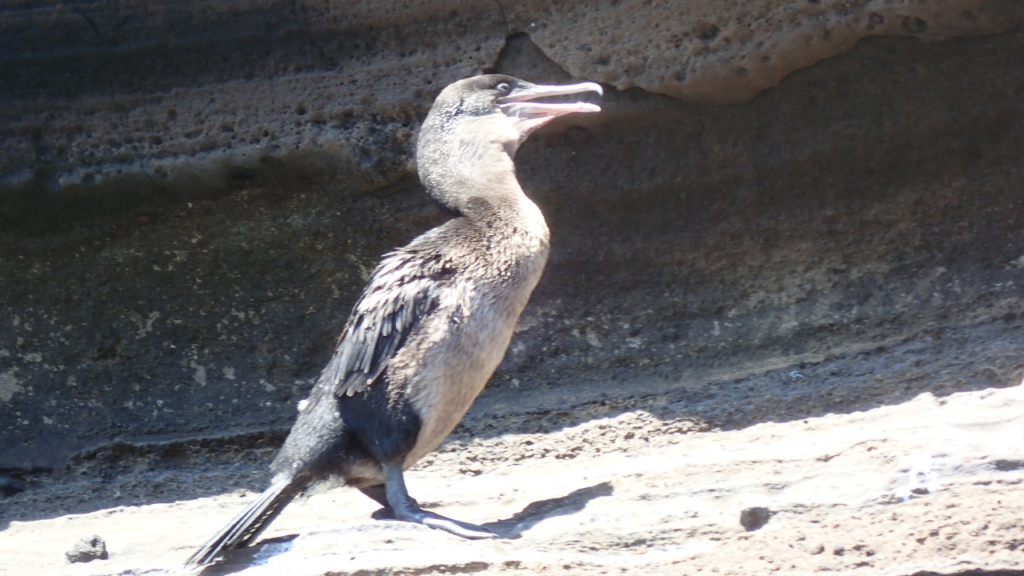
The Cassowary
The Cassowary is a large, flightless bird that is native to the tropical rainforests of New Guinea and northeastern Australia. This unique bird is known for its striking appearance, with a vibrant blue and purple neck and a prominent bony crest on its head called a casque. The Cassowary is also known for its large and powerful legs, which it uses to run at high speeds and to defend itself if threatened. In fact, the Cassowary has been known to attack humans if it feels threatened or provoked. Despite its intimidating presence, the Cassowary is an important part of the ecosystem in which it lives, helping to disperse seeds and playing a role in controlling the population of other animals. However, the Cassowary is considered endangered due to habitat loss and hunting. Conservation efforts are underway to protect this unique and important bird.
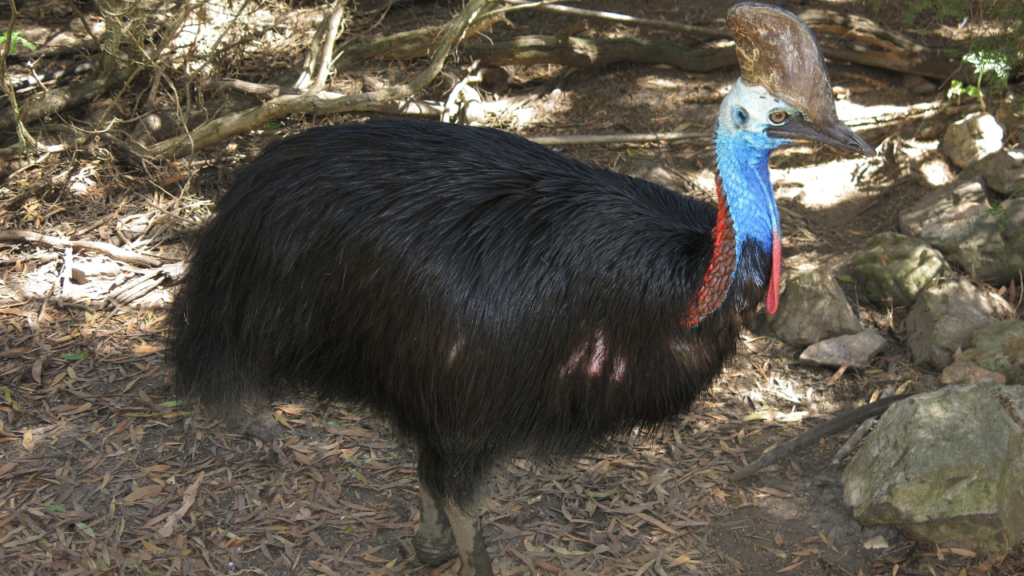
The Weka
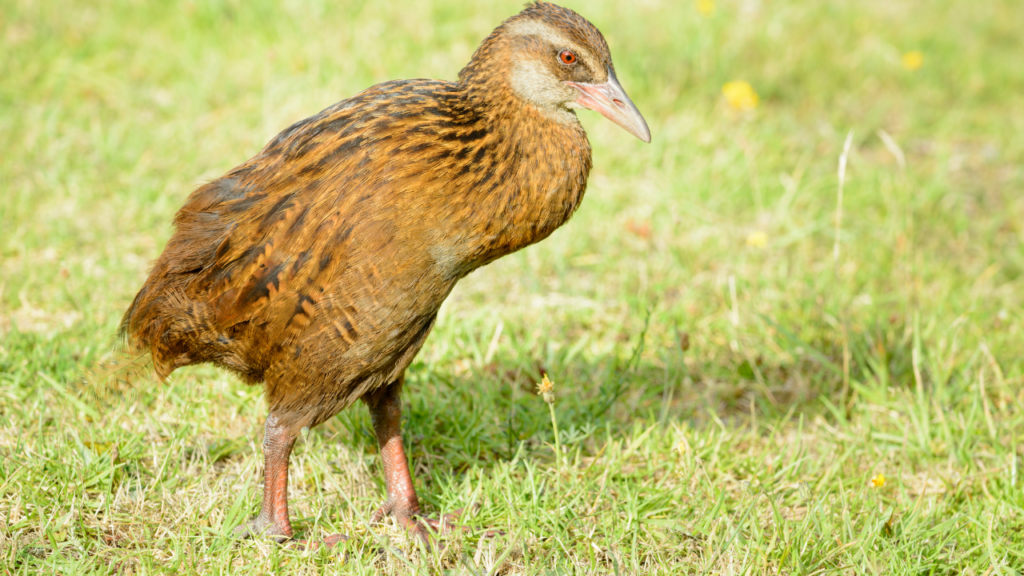
The Steamer Duck
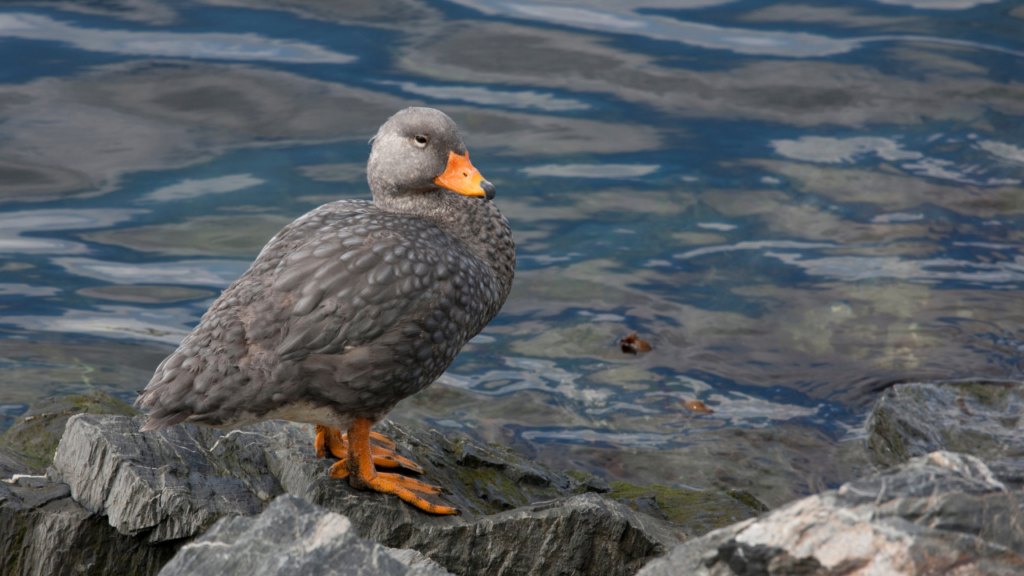
The Emperor Penguin
The Emperor Penguin is a large, flightless bird that is endemic to Antarctica. It is known for its striking appearance, with a black back and white belly, as well as its unique behaviours and adaptations to survive in one of the harshest environments on Earth. The Emperor Penguin is the largest of all penguin species, standing up to 4 feet tall and weighing up to 90 pounds. During the harsh Antarctic winter, Emperor Penguins gather in large colonies and huddle together for warmth, taking turns standing on the outer edges of the group to shield others from the biting winds. They are also excellent swimmers, diving to depths of over 500 meters to catch fish and krill, their primary sources of food. Emperor Penguins are also known for their unique breeding habits, with males incubating a single egg on their feet for up to 65 days without leaving the colony to feed. Although not currently considered endangered, the Emperor Penguin faces threats from climate change and human activity, making conservation efforts crucial to protect this iconic Antarctic species.
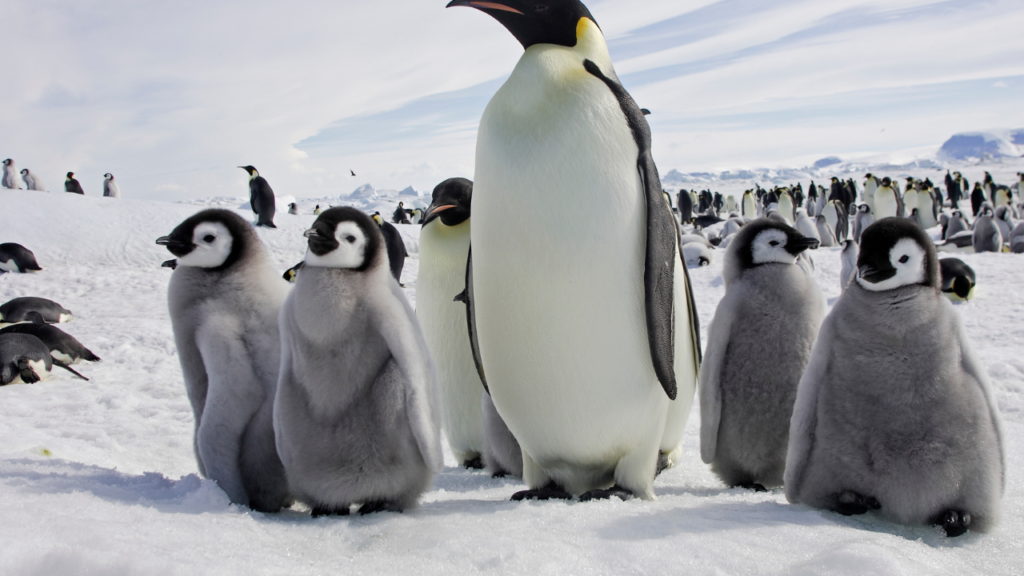
The Ostrich
The Ostrich is the largest bird in the world, and one of the most iconic species of the African savanna. This flightless bird is known for its distinctive appearance, with long legs, a long neck, and a small head. The Ostrich is also known for its impressive speed, capable of running up to 70 km/hour, making it one of the fastest animals on land. Ostriches are omnivorous, feeding on a diet of plants, insects, and small animals. They also have unique adaptations, such as the ability to tolerate high temperatures and go without water for extended periods of time. Ostriches are social birds, living in groups of up to 20 individuals, and using a range of vocalizations and body language to communicate with each other. Despite their impressive size and strength, ostriches are vulnerable to habitat loss and hunting, with some populations considered threatened or endangered. However, conservation efforts are underway to protect this iconic and important bird.
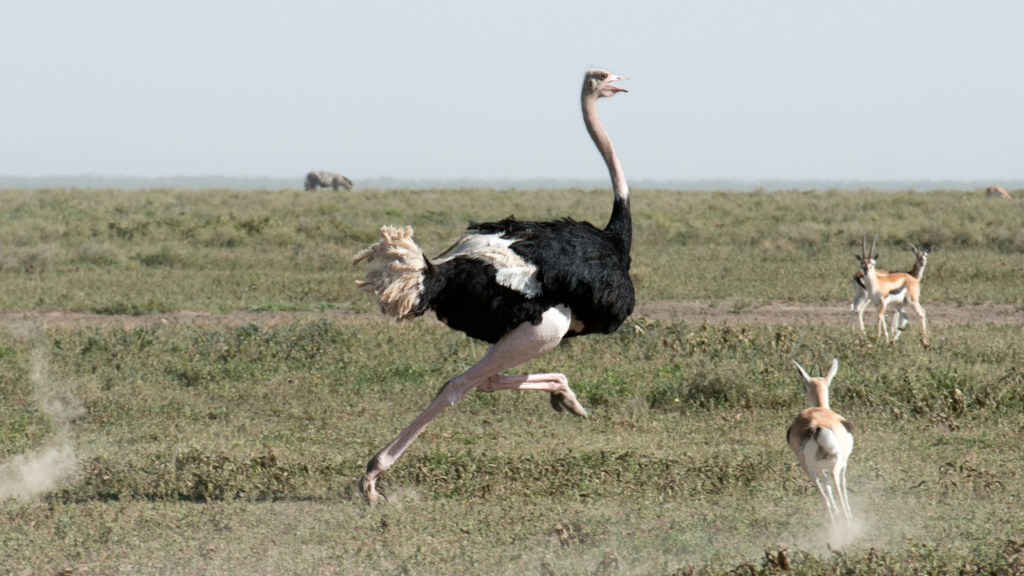
The Kakapo
The Kakapo is a critically endangered, flightless parrot that is native to New Zealand. This unique bird is known for its striking green colouration, large size, and distinctively owl-like appearance. The Kakapo is primarily nocturnal, spending most of its time on the ground in dense forests where it feeds on native plants, seeds, and insects. The Kakapo was once common throughout New Zealand, but due to habitat loss, hunting, and predation by introduced species, its population declined rapidly. Today, there are fewer than 200 Kakapos remaining in the wild, making it one of the world’s most endangered parrots. Conservation efforts have included the establishment of protected breeding sites, the use of predator-proof fencing, and extensive research into the Kakapo’s biology and behaviour. With dedicated conservation efforts, there is hope that this unique and important species can be saved from extinction.
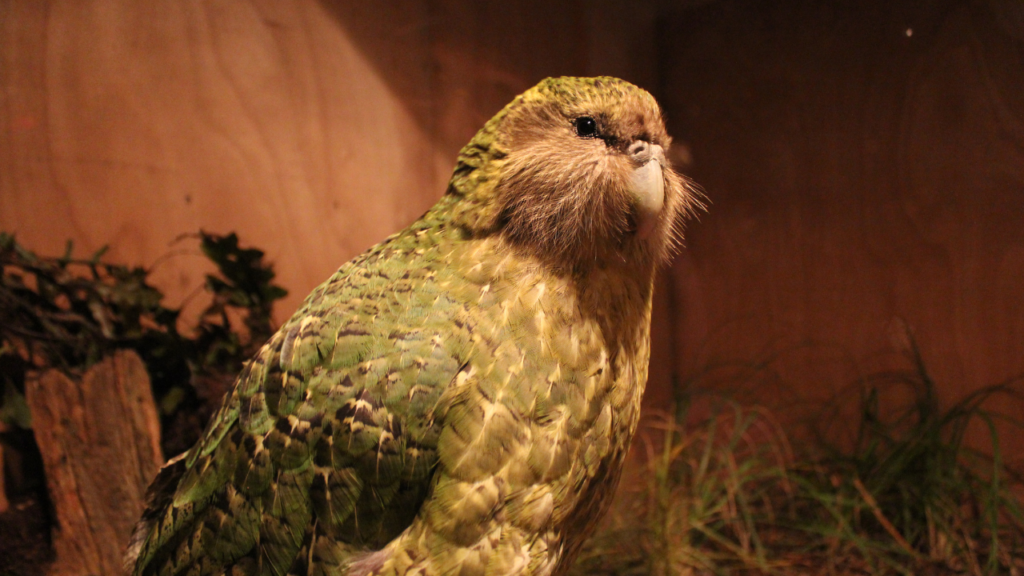
Conclusion
In conclusion, the world of birds is filled with incredible diversity, and flightless birds are no exception. While they may not be able to soar through the skies like their winged counterparts, these birds have evolved a range of adaptations that allow them to thrive in their unique environments. From the speedy ostrich to the waddling penguin, each flightless bird has its own fascinating story to tell. Their conservation is also an important aspect, as many of these species face threats from habitat loss and human activities. By learning more about these birds and taking steps to protect them, we can ensure that these unique and charismatic creatures continue to thrive for generations to come.
Please also read:
20 of the most attractive and well-known Castles and Forts in the world
The Majestic Snow-Covered Mountains
10 Most Venomous Snakes In The World
The 10 most cute and adorable animals in the world
10 Largest, Heaviest And Tallest Living Animals In The World
10 Fastest Running Land Animals In The World
DXN BANGLADESH – HERBAL, NATURAL AND ORGANIC PRODUCTS

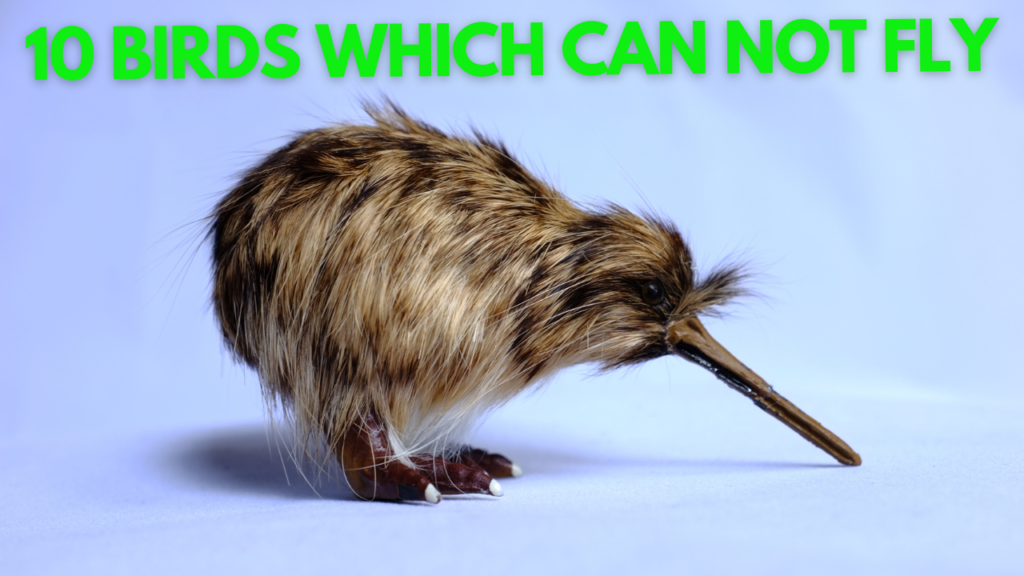
Pingback: 10 Sweetest Singing Birds – Nature, Creatures And Herbs
Pingback: DXN BANGLADESH- HERBAL, NATURAL ORGANIC PRODUCTS
Pingback: The Majestic Snow Covered Mountains
Pingback: 10 DEADLIEST ANIMALS
Pingback: 10 Most Venomous Snakes In The World
Pingback: The 10 most cute and adorable animals in the world
Pingback: 10 Largest, Heaviest And Tallest Living Animals In The World
Pingback: 10 Fastest Running Land Animals In The World
buy meclizine 25mg sale http://meclizinex.com/
meclizine 25 mg pill http://www.meclizinex.com meclizine 25 mg pills
meclizine 25 mg ca meclizinex.com
order meclizine 25 mg antivert medication
antivert drug http://www.meclizinex.com/#